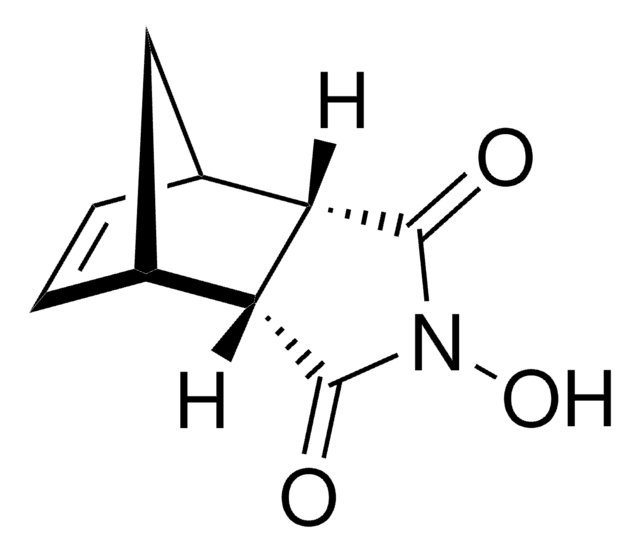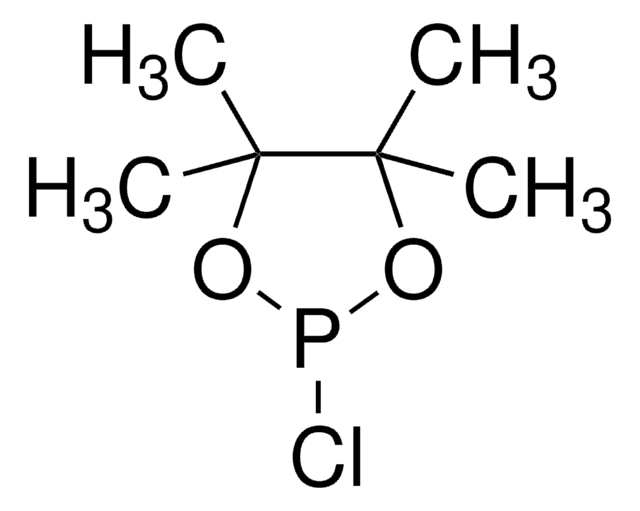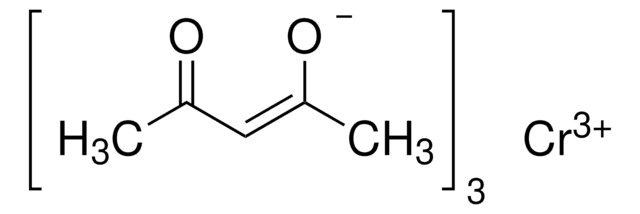238538
Cerium(III) nitrate hexahydrate
99% trace metals basis
Synonym(s):
Cerium trinitrate, Cerous nitrate hexahydrate, Nitric acid cerium salt
About This Item
Recommended Products
Assay
99% trace metals basis
form
crystals and lumps
reaction suitability
reagent type: catalyst
core: cerium
impurities
1-2% La
SMILES string
[Ce+3].[H]O[H].[H]O[H].[H]O[H].[H]O[H].[H]O[H].[H]O[H].[O-][N+]([O-])=O.[O-][N+]([O-])=O.[O-][N+]([O-])=O
InChI
1S/Ce.3NO3.6H2O/c;3*2-1(3)4;;;;;;/h;;;;6*1H2/q+3;3*-1;;;;;;
InChI key
QQZMWMKOWKGPQY-UHFFFAOYSA-N
Looking for similar products? Visit Product Comparison Guide
Related Categories
General description
Application
Ceria is one of the best studied materials-platforms for catalysis and solid oxide fuel cells. Consequently scientists have developed well-controlled synthetic protocols using cerium (III) nitrate hexahydrate for preparing ceria nanoparticles including nano cubes, nanotubes, and nanorods. The tailorable synthesis facilitates using ceria as a catalyst support, for example leveraging the porosity of the microstructure to impregnate metals and metal alloys, or for example synthesizing ceria-based materials like ceria-zirconia.
Signal Word
Danger
Hazard Statements
Precautionary Statements
Hazard Classifications
Aquatic Acute 1 - Aquatic Chronic 1 - Eye Dam. 1
Storage Class Code
5.1B - Oxidizing hazardous materials
WGK
WGK 2
Flash Point(F)
Not applicable
Flash Point(C)
Not applicable
Personal Protective Equipment
Certificates of Analysis (COA)
Search for Certificates of Analysis (COA) by entering the products Lot/Batch Number. Lot and Batch Numbers can be found on a product’s label following the words ‘Lot’ or ‘Batch’.
Already Own This Product?
Find documentation for the products that you have recently purchased in the Document Library.
Customers Also Viewed
Articles
Rare earth elements are vital in everyday life worldwide: catalysts in cars, colors in screens, magnets in electronics. Essential for modern living.
Our team of scientists has experience in all areas of research including Life Science, Material Science, Chemical Synthesis, Chromatography, Analytical and many others.
Contact Technical Service














